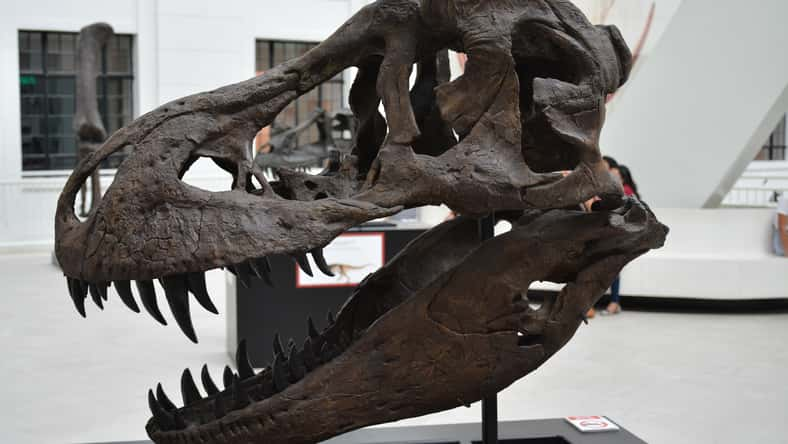
An ancient dirt ant encased in 16-million-year-old amber was unearthed from the Dominican Republic, and it’s the first fossilized Basiceros dirt ant ever found in the Caribbean.
A team of researchers from the New Jersey Institute of Technology (NJIT) noted that the fossilized adult worker ant demonstrates that the species once lived in the Caribbean islands before becoming locally extinct sometime during the Miocene epoch, which took place about 23 to 5.3 million years ago.
“Dirt ants are rare finds in the wild. Finding one today is exciting given how well they stay hidden, but captured in amber, it’s like finding a diamond,” said Gianpiero Fiorentino, a co-author of the study and a Ph.D. candidate at NJIT.
“This fossil is singularly distinct from all its modern relatives and reshapes the evolutionary history of Basiceros.
Basiceros dirt ants are best known for their ability to camouflage themselves in dirt using the particle-binding hairs on their bodies.
This ancient specimen has recently been identified as a new species and named Basiceros enana. It is smaller than its modern relatives.
Until now, Basiceros ants were only known to make their homes in the neotropical rainforests stretching from Costa Rica to southern Brazil.
The newfound fossil challenges previous beliefs about where they lived, indicating that they had a wider ancient distribution.
The team used advanced imaging and 3D reconstruction techniques to look at Basiceros enana in more detail, enabling them to see features that were otherwise impossible to observe.

Sign up for Chip Chick’s newsletter and get stories like this delivered to your inbox.
They compared the specimen’s physical features with those of all modern dirt ant species and traced its evolutionary lineage.
Since amber preserves organisms so well, they were able to extract plenty of data from the tiny ant. At just over five millimeters long, Basiceros enana is considerably smaller than its modern relatives, which grow up to nine millimeters.
The findings revealed that the ants increased in size at a relatively rapid rate. In the span of 20 million years, they nearly doubled in size.
Some past hypotheses suggested that the ants were large in antiquity and shrank over time, but the latest discovery totally debunks that idea.
Even 16 million years ago, these ants possessed the same adaptation—two layers of specialized hairs—that allow modern dirt ants to blend seamlessly into the soil and leaf litter of their environment. Clearly, the survival strategy has been around for a long time.
Ultimately, the ancient Caribbean dirt ants disappeared from the region during the Miocene. The extinction was likely due to a loss of habitat or competition with other species.
“The presence of Basiceros in Dominican amber suggests ancient land bridges may have provided pathways for these ants to traverse from the mainland to the Caribbean,” said Phil Barden, the senior author of the study.
“This fossil is a piece of a larger puzzle that will help us understand why some groups of organisms undergo extinction and others stick it out for millions of years.”
The study was published in Proceedings of the Royal Society B.












